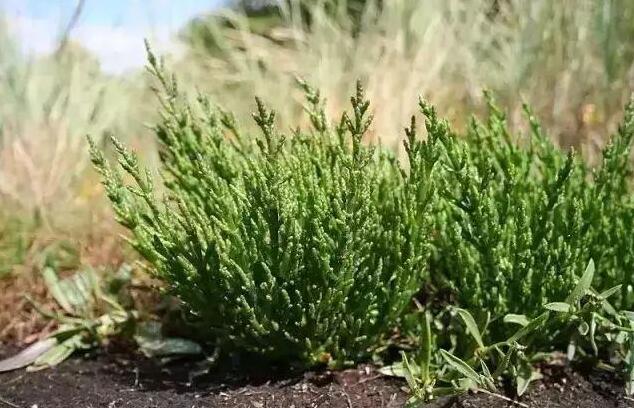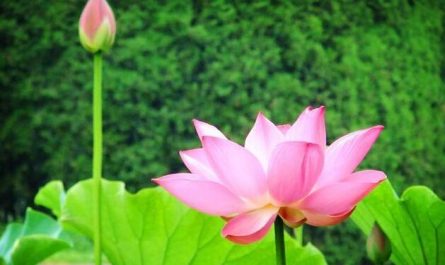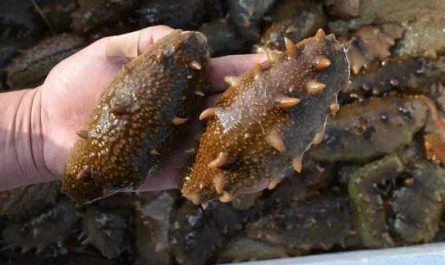Salicornia is a peculiar plant that can grow in saline-alkali soils. This plant can reproduce and grow in salt marshes with a salt content of up to 6.5%. What is special about this grass?
For general plants, their growth is limited by the pH of the soil. The salt content of the soil has a great impact on the growth of plants. Under normal circumstances, ordinary crops can only survive in soils with a salt content of 0.5%. Plants such as cotton, tomato, and sugar beet are slightly more salt-tolerant than ordinary plants, but they are also between 0.5% and 1.0%. If the salt content of the soil exceeds 1.0%, basically no plants can survive in this piece of soil. Now the country is also vigorously developing agriculture, hoping that the saline-alkali land that did not grow plants can grow plants or crops to benefit mankind.
Salicornia salina is generally 3-20 cm in height, with underdeveloped leaves forming small fleshy branches, and the plants often appear red. There is a special structure in its cells, which can concentrate the absorbed salt in the cell’s salt bubbles, and control the salt not to emit. Because even if it absorbs a high salt content, it will not affect the whole plant, so Salicornia is a world-famous terrestrial high salt-tolerant plant. According to experiments, the water content of Salicornia salina is drained and burned to ashes. The dry weight of Salicornia salina accounts for 45% of its salt content. The salt content of Salicornia salina is higher than that of other plants.
Many effects of Salicornia salina have also been discovered. It is rich in enzymes that can break down fat and protein, which is conducive to the excretion of stool and the breakdown of excess fat that sticks to blood vessels, blood and cell tissues. Salicornia salina extract can be used to develop functional cosmetics and environmental products. Regarding that Salicornia can absorb salt from the soil, agricultural experts propose to expand the planting of Salicornia in the hope of improving and reducing the salt content in the salt marsh. Using halophytes to control saline-alkali land will not only reduce manpower and material resources, but also achieve faster results. In the near future, more saline-alkali land will be turned into good land under the action of Salicornia salina to grow more crops.






